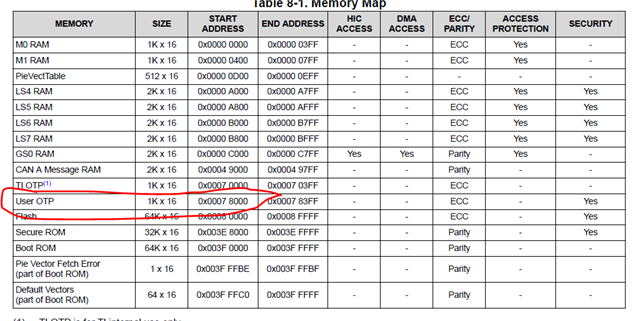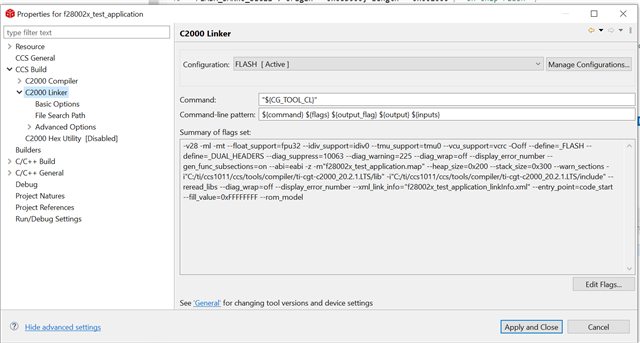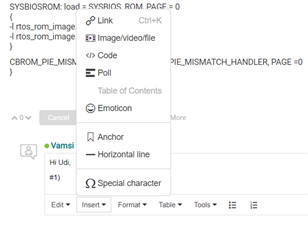Other Parts Discussed in Thread: UNIFLASH, C2000WARE
Hi
I am working with TMS320F280025. I need to calculate a CRC of firmware store in flash in order to make sure integrity of code before start to run it. I have several questions.
1. How to find a single CRC golden value of a compiled code for entire flash sectionin CCS
2. How to burn below item to OTP using uni flash in our production ?
a. model number (fix value)
b. Serial number of the product (it will change)
c. Gold CRC value of firmware(fix value)
3. What is CRC calculation method e.g. CRC8, CRC16, CRC32 for compiler to calculate golden value?
4.CRC calculation is LSB-first implementations/ MSB-first implementations?
BR
HK Woo











